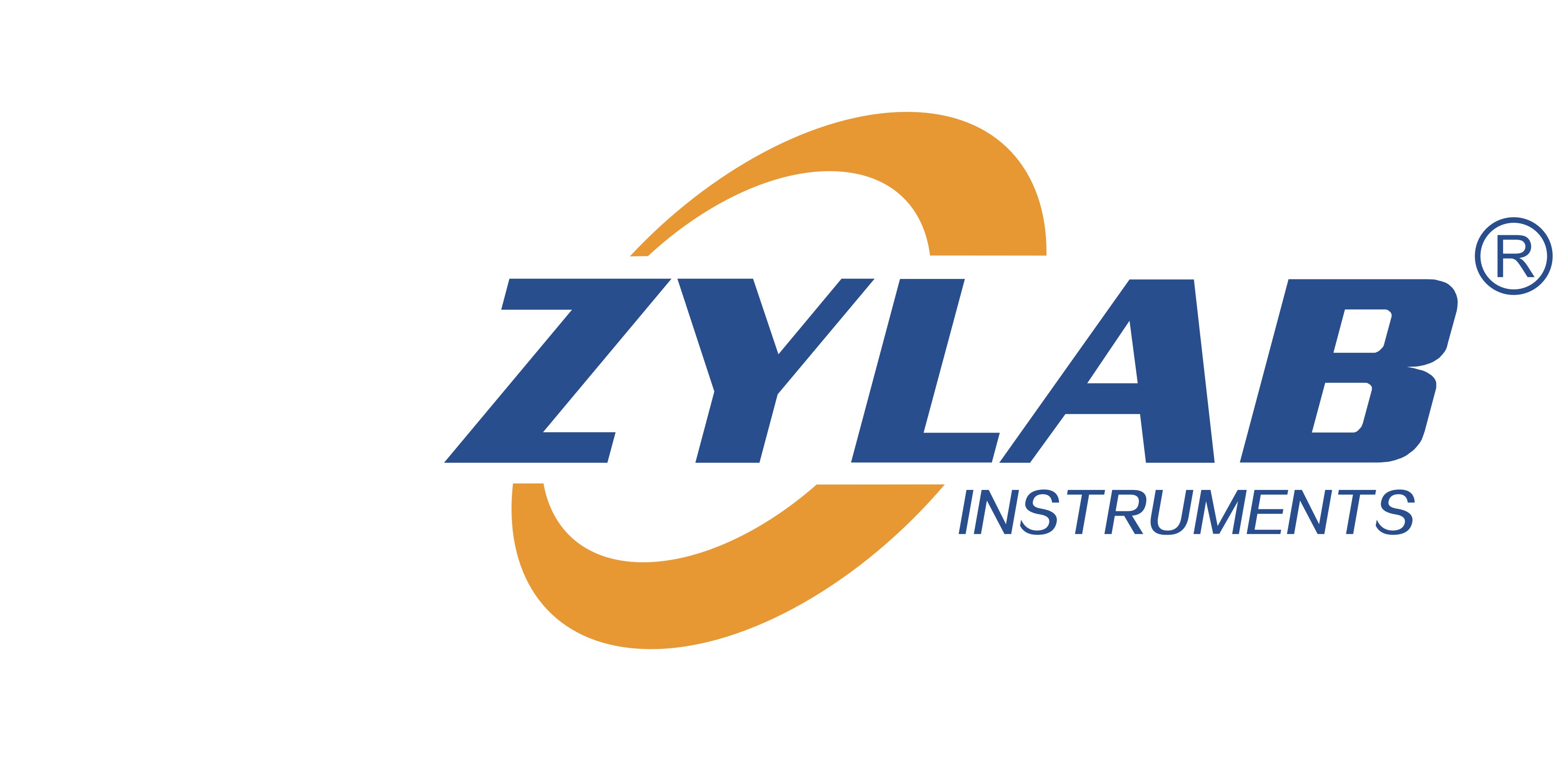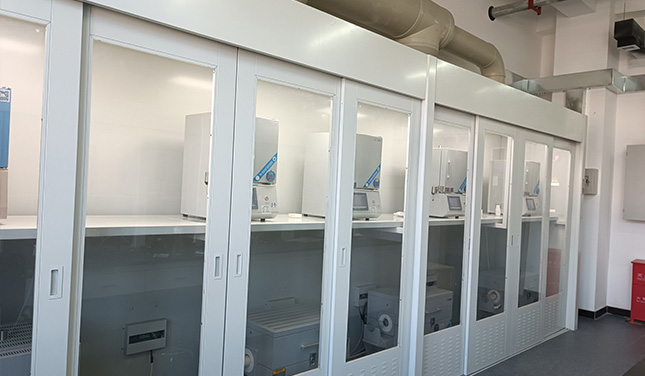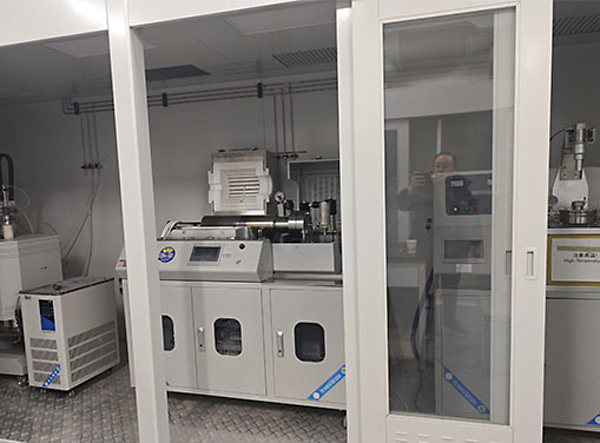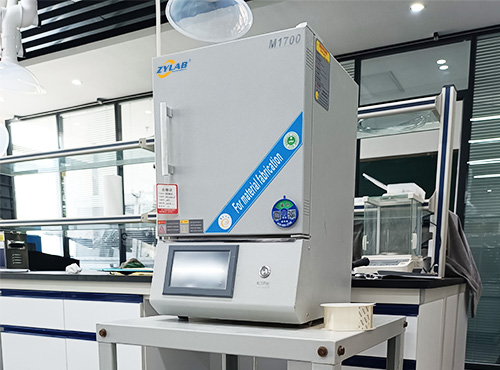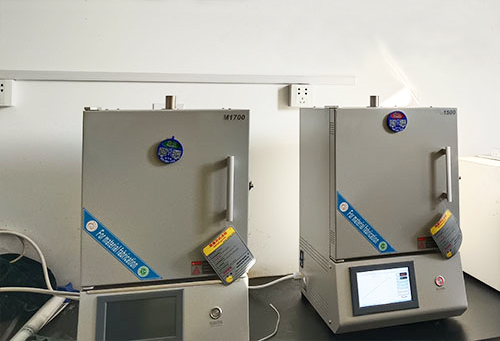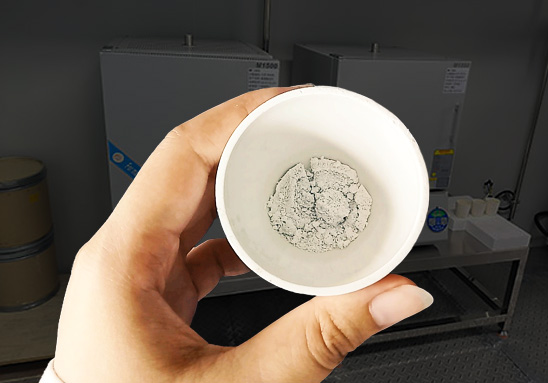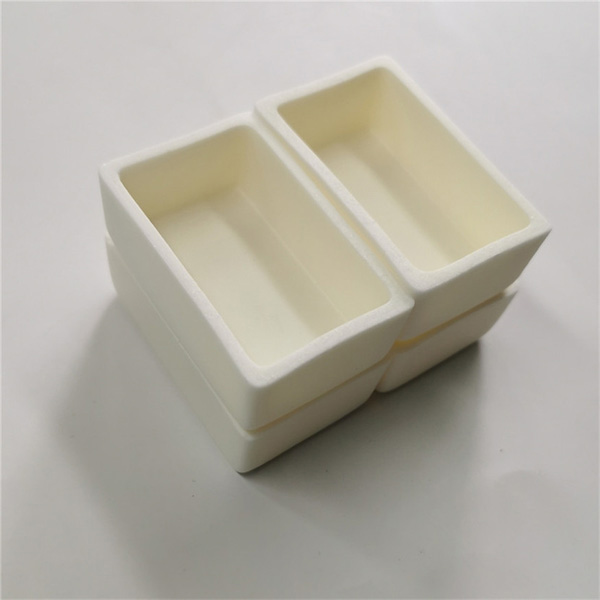In recent years, laboratory environments have undergone a quiet but powerful transformation. As demands for precision, efficiency, and repeatability increase across materials science, electronics, and additive manufacturing, automated heat treatment systems are emerging as a core enabler of next-generation research and production workflows.
Let’s explore how automation is redefining the future of thermal processing in laboratories — and why it matters now more than ever.
The Evolution of Heat Treatment in the Lab
Traditionally, heat treatment processes — such as sintering, annealing, calcination, or debinding — have relied heavily on manual operations. Researchers and technicians would closely monitor temperature ramps, adjust gas flows, and log data manually. This approach, while effective, has limitations:
- Operator-dependent variations
- High labor demands
- Limited reproducibility
- Inefficient data collection
Today, laboratories are embracing smart, automated furnace systems that combine precise thermal control with programmable logic, advanced sensors, and real-time monitoring. This shift is helping research teams eliminate bottlenecks and achieve new levels of process reliability and data integrity.
Why Automation Matters in Heat Treatment
- Precision and Reproducibility Automated systems offer exact control over heating rates, holding times, and atmosphere parameters — minimizing human error and ensuring consistent results across experiments or production batches.
- Remote Monitoring and Control Integration with IoT platforms allows researchers to control furnaces and track real-time data from mobile devices or control panels, enhancing flexibility and reducing the need for constant on-site supervision.
- Data-Driven Decision Making Smart furnaces automatically log detailed temperature and atmosphere data, supporting advanced analysis, documentation, and compliance — especially important in regulated industries or academic research.
- Improved Safety and Efficiency Automation reduces the need for hands-on interaction with high-temperature equipment, minimizing risk and allowing staff to focus on higher-value tasks.
Features of Next-Generation Automated Furnaces
Leading-edge lab furnaces now offer:
- Programmable multi-segment heating curves
- Touchscreen or PC-based operation
- Real-time temperature uniformity monitoring
- Auto-start/stop, auto gas purging, and vacuum sequences
- Alarm systems and interlocks for safety and diagnostics
- Integration with lab management software and ERP systems
In short, the smart furnace is no longer just a heating device — it’s a central hub for material innovation.
Use Cases Across Industries
The benefits of automated heat treatment are already making an impact across a wide range of sectors:
- Advanced Ceramics: In 3D-printed ceramics sintering, consistent temperature control and sintering profiles ensure mechanical integrity and surface finish.
- Semiconductors and Photonics: Wafer annealing demands precise multi-zone temperature control, where automation ensures micron-level reliability.
- Battery Materials: Whether preparing cathode powders or solid-state electrolytes, automated furnaces deliver tight process control for optimal performance.
- Additive Manufacturing: Automated debinding and sintering cycles enhance throughput and reduce material wastage.
- Academic Research: Laboratories benefit from the repeatability and remote access offered by smart furnaces — essential for comparative studies and long-term experiments.
Customization: A Key to Smart Integration
One-size-fits-all does not work in high-precision thermal processing. That’s why many modern furnace manufacturers offer customized automation options:
- Automatic lid open/close
- Sliding chamber mechanisms for rapid cooling
- Multi-gas mixing and exhaust treatment
- Integration with robotics for fully unmanned workflows
- User-level access control and audit trails
By tailoring automation to exact lab needs, users can achieve a perfect balance of flexibility and control.
Looking Ahead: A Smarter, Greener Lab
As sustainability becomes a critical goal, automation also enables energy-efficient operation through intelligent scheduling, idle mode management, and predictive maintenance features. In the long run, this reduces not just operational costs — but environmental impact.
Moreover, as AI and machine learning begin to influence thermal processing, future systems may automatically adapt sintering curves based on material feedback or desired properties, ushering in truly intelligent heat treatment.
Final Thoughts
The future of laboratory heat treatment is clear: smarter, safer, and more connected. For companies and researchers alike, investing in automation is no longer a luxury — it’s a strategic move toward higher productivity, better quality, and innovation readiness.
At ZYLAB, we’re proud to be part of this transformation by offering customizable, high-performance furnaces that bridge the gap between tradition and technology.
Curious how smart heat treatment could benefit your lab? Let’s talk.
Get In Touch
Fill out the form below — free quote and professional suggestion will be sent for reference very soon!
Share this entry
You might also like
